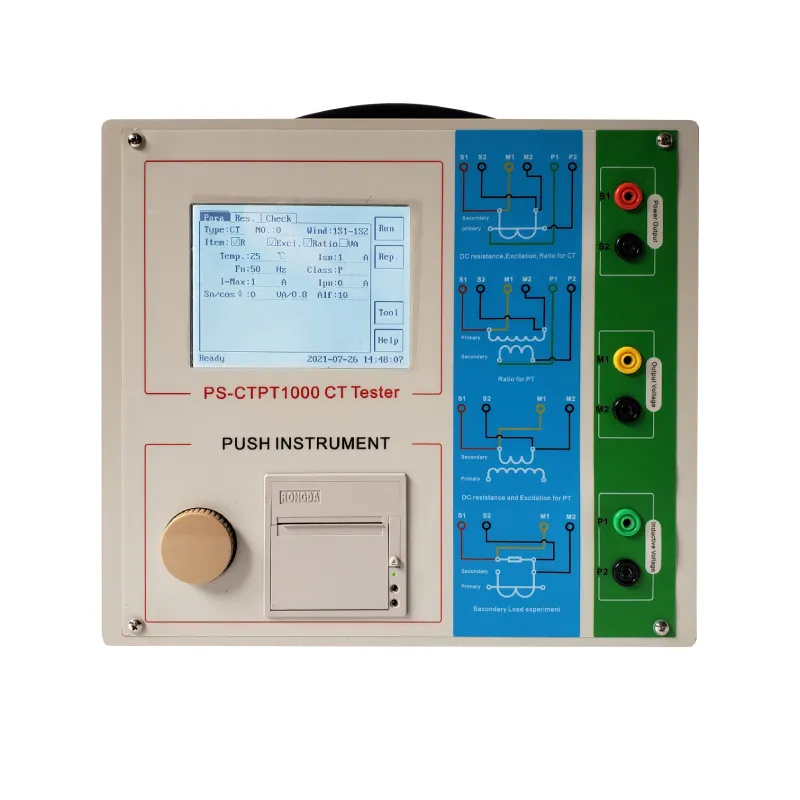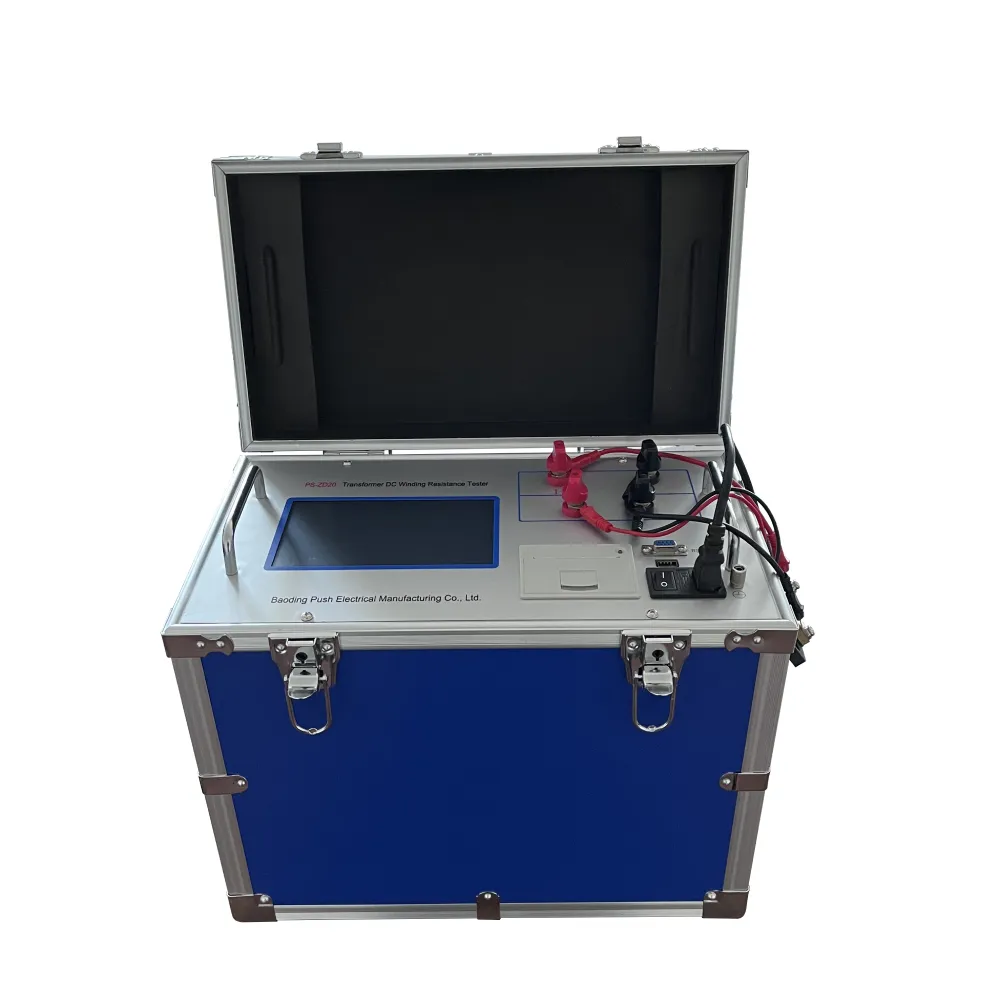TEL:
+86-0312-3189593
 English
English

Telephone:0312-3189593

Email:sales@oil-tester.com

-
 Afrikaans
Afrikaans -
 Albanian
Albanian -
 Amharic
Amharic -
 Arabic
Arabic -
 Armenian
Armenian -
 Azerbaijani
Azerbaijani -
 Basque
Basque -
 Belarusian
Belarusian -
 Bengali
Bengali -
 Bosnian
Bosnian -
 Bulgarian
Bulgarian -
 Catalan
Catalan -
 Cebuano
Cebuano -
 China
China -
 China (Taiwan)
China (Taiwan) -
 Corsican
Corsican -
 Croatian
Croatian -
 Czech
Czech -
 Danish
Danish -
 Dutch
Dutch -
 English
English -
 Esperanto
Esperanto -
 Estonian
Estonian -
 Finnish
Finnish -
 French
French -
 Frisian
Frisian -
 Galician
Galician -
 Georgian
Georgian -
 German
German -
 Greek
Greek -
 Gujarati
Gujarati -
 Haitian Creole
Haitian Creole -
 hausa
hausa -
 hawaiian
hawaiian -
 Hebrew
Hebrew -
 Hindi
Hindi -
 Miao
Miao -
 Hungarian
Hungarian -
 Icelandic
Icelandic -
 igbo
igbo -
 Indonesian
Indonesian -
 irish
irish -
 Italian
Italian -
 Japanese
Japanese -
 Javanese
Javanese -
 Kannada
Kannada -
 kazakh
kazakh -
 Khmer
Khmer -
 Rwandese
Rwandese -
 Korean
Korean -
 Kurdish
Kurdish -
 Kyrgyz
Kyrgyz -
 Lao
Lao -
 Latin
Latin -
 Latvian
Latvian -
 Lithuanian
Lithuanian -
 Luxembourgish
Luxembourgish -
 Macedonian
Macedonian -
 Malgashi
Malgashi -
 Malay
Malay -
 Malayalam
Malayalam -
 Maltese
Maltese -
 Maori
Maori -
 Marathi
Marathi -
 Mongolian
Mongolian -
 Myanmar
Myanmar -
 Nepali
Nepali -
 Norwegian
Norwegian -
 Norwegian
Norwegian -
 Occitan
Occitan -
 Pashto
Pashto -
 Persian
Persian -
 Polish
Polish -
 Portuguese
Portuguese -
 Punjabi
Punjabi -
 Romanian
Romanian -
 Russian
Russian -
 Samoan
Samoan -
 Scottish Gaelic
Scottish Gaelic -
 Serbian
Serbian -
 Sesotho
Sesotho -
 Shona
Shona -
 Sindhi
Sindhi -
 Sinhala
Sinhala -
 Slovak
Slovak -
 Slovenian
Slovenian -
 Somali
Somali -
 Spanish
Spanish -
 Sundanese
Sundanese -
 Swahili
Swahili -
 Swedish
Swedish -
 Tagalog
Tagalog -
 Tajik
Tajik -
 Tamil
Tamil -
 Tatar
Tatar -
 Telugu
Telugu -
 Thai
Thai -
 Turkish
Turkish -
 Turkmen
Turkmen -
 Ukrainian
Ukrainian -
 Urdu
Urdu -
 Uighur
Uighur -
 Uzbek
Uzbek -
 Vietnamese
Vietnamese -
 Welsh
Welsh -
 Bantu
Bantu -
 Yiddish
Yiddish -
 Yoruba
Yoruba -
 Zulu
Zulu
ਫਰ. . 13, 2025 03:27
Back to list
Transformer insulation oil breakdown voltage tester bdv
Switching impulse tests are pivotal in evaluating the reliability and safety of transformers in high-voltage networks. These tests are instrumental in simulating overvoltages that may occur during switching operations, such as circuit breaker operations in electrical systems. The primary objective is to assess the insulation integrity and durability of transformers, giving insights into their operational lifespan.
Trustworthiness in the context of switching impulse tests is established through rigorous documentation and third-party validation. Implementing a robust documentation process helps in tracing the results and methodologies used, which is essential for audit purposes and future reference. Furthermore, having independent bodies certify the testing process and results contributes significantly to building confidence in the findings. This facet is crucial, especially when transformers are destined for critical infrastructure, where reliability is non-negotiable. Incorporating advanced technologies and software in the testing process further elevates the reliability and accuracy of the switching impulse test. Computer-based simulations prior to physical testing can predict potential issues, saving time and resources. These simulations offer a virtual environment to tweak and optimize transformer designs before deployment, significantly reducing the risk of failure in real-world operations. Ultimately, conducting a switching impulse test is not merely a technical task but a comprehensive assessment that encapsulates experience, expertise, authority, and trust. Recognizing the criticality of these aspects ensures that transformers not only meet performance expectations but also uphold safety standards, providing an unyielding backbone to the electrical grids they serve. The drive towards smarter, more resilient electrical systems hinges on such meticulous and precise testing procedures to pioneer innovations and assure ongoing reliability.


Trustworthiness in the context of switching impulse tests is established through rigorous documentation and third-party validation. Implementing a robust documentation process helps in tracing the results and methodologies used, which is essential for audit purposes and future reference. Furthermore, having independent bodies certify the testing process and results contributes significantly to building confidence in the findings. This facet is crucial, especially when transformers are destined for critical infrastructure, where reliability is non-negotiable. Incorporating advanced technologies and software in the testing process further elevates the reliability and accuracy of the switching impulse test. Computer-based simulations prior to physical testing can predict potential issues, saving time and resources. These simulations offer a virtual environment to tweak and optimize transformer designs before deployment, significantly reducing the risk of failure in real-world operations. Ultimately, conducting a switching impulse test is not merely a technical task but a comprehensive assessment that encapsulates experience, expertise, authority, and trust. Recognizing the criticality of these aspects ensures that transformers not only meet performance expectations but also uphold safety standards, providing an unyielding backbone to the electrical grids they serve. The drive towards smarter, more resilient electrical systems hinges on such meticulous and precise testing procedures to pioneer innovations and assure ongoing reliability.
Next:
Latest news
-
Testing Equipment Industry Sees Major Advancements in 2025: Smart & Precision Technologies Lead the WayNewsJun.06,2025
-
Applications of Direct Current Generators in Renewable Energy SystemsNewsJun.05,2025
-
Hipot Tester Calibration and Accuracy GuidelinesNewsJun.05,2025
-
Digital Circuit Breaker Analyzer Features and BenefitsNewsJun.05,2025
-
Benefits of Real-Time Power Quality Monitoring Devices for Industrial EfficiencyNewsJun.05,2025
-
Earth Fault Loop Testing in High-Rise Building Electrical SystemsNewsJun.05,2025



